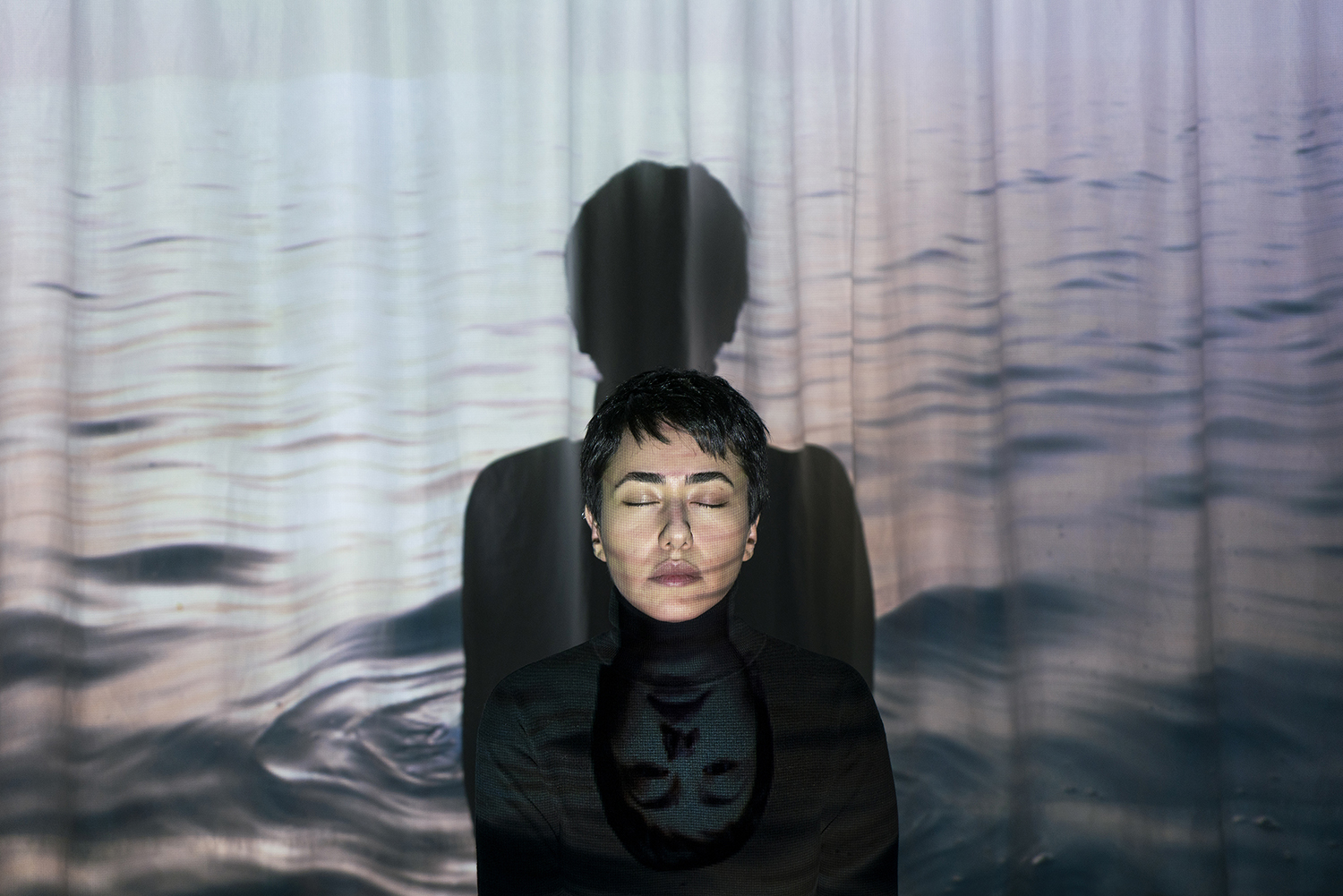We were lucky to catch up with Yalda Eskandari recently and have shared our conversation below.
Hi Yalda, thanks for joining us today. One of the toughest things about progressing in a creative career or as an entrepreneur is that there are almost always unexpected problems that come up – problems that you often can’t read about in advance, can’t prepare for, etc. Have you had such and experience and if so, can you tell us the story of one of those unexpected problems you’ve encountered?
As a female artist, and more specifically, an Iranian female artist, I have faced many forms of censorship. One of the most difficult challenges is that the “boundaries” are never clearly defined; you never know exactly what is forbidden until you cross it. This uncertainty makes taking risks extremely difficult, even though as an artist, risk-taking and challenging societal norms are at the core of creative work.
I experienced this very directly with my photography collection, A Projector Naturally Sheds Light onto a Screen (2019). Just two weeks before the opening of my exhibition, the gallery owner informed me that the government would shut down the gallery if I exhibited the works in their original form. My project manipulated scenes using a video projector in combination with photographs I had taken of semi-nude male models posing in feminine positions from famous paintings, alongside the original paintings. Everything was staged in front of the camera, and the final images had a dreamlike, hallucinatory quality. I believe it was this combination, the vulnerable, non-masculine male body and the blurred sense of reality, that prompted the authorities to censor the work.
At that moment, I had to decide whether to cancel the show or find another solution. I immediately remembered Goya’s famous pair of paintings, The Naked Maja and The Clothed Maja. Inspired by this, I re-shot four photographs, asking my models to repeat the poses but this time wearing black turtlenecks. For the installation, I placed the works at the bottom of the walls, directly on the floor, like an unfinished exhibition. This choice added another dimension: the audience assumed the models were women, otherwise, why cover them? which deepened the conceptual layer of the work by raising questions about gender.
I was also able to present a photobook of the original works in a smaller, private room of the gallery, which further emphasized the contrast between public and private spaces for women.
This experience taught me how to navigate unforeseen circumstances and turn obstacles into opportunities. It reinforced the importance of being deeply connected to one’s work, so much so that even in the face of censorship, an artist can adapt, transform the disadvantage, and uncover new meaning in the process.
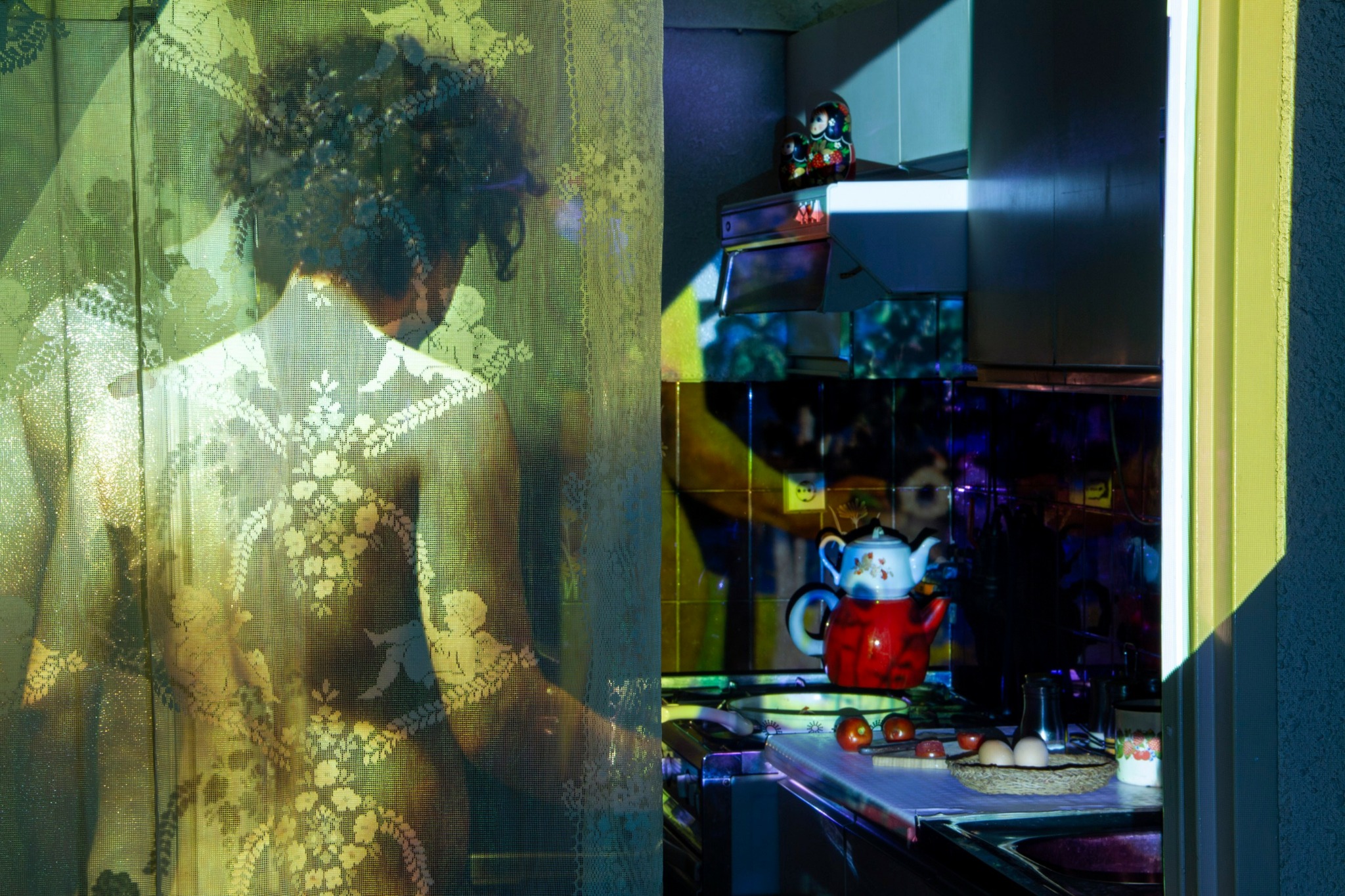
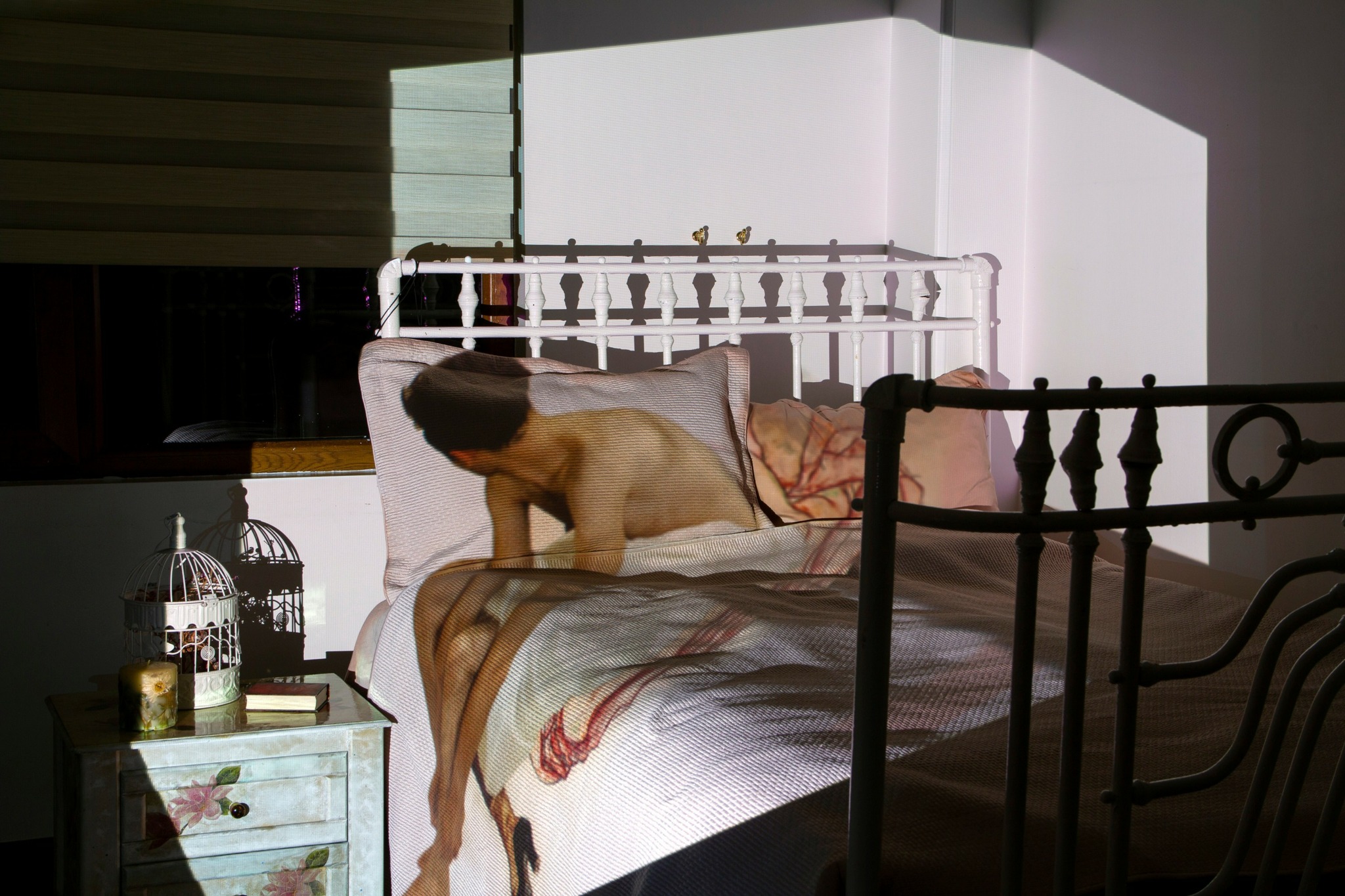
Yalda, before we move on to more of these sorts of questions, can you take some time to bring our readers up to speed on you and what you do?
Over the years, my practice has evolved into a clearer vision of what drives my work and where my ideas originate. Looking back at my projects, I recognize that a central theme has been my resistance to fixed assumptions and definitions of reality. I use manipulation, a word often perceived as negative, as a tool for resistance and transformation. Through manipulation of different materials or images, I challenge the audiences to reconsider ingrained ideas about gender, sexuality, femininity, masculinity, and the societal roles imposed on bodies.
My work traces the subtle layers that surround and shape our understanding of the body. I create spaces and images where bodies can take on new roles, tell different narratives, and destabilize what feels “fixed.” In many of my projects, I incorporate video projections and other tools that generate a sense of hallucination within the scene, disrupting ordinary perception and encouraging viewers to question their own assumptions.
What sets my work apart is this commitment to unsettling reality and opening up new possibilities of interpretation. I am most proud of the way my projects invite audiences into an active dialogue, where they are not just spectators but participants in reimagining meaning. Ultimately, I want potential clients, collaborators, and audiences to know that my work is not about presenting answers, but about creating spaces where deeper questions can be asked.
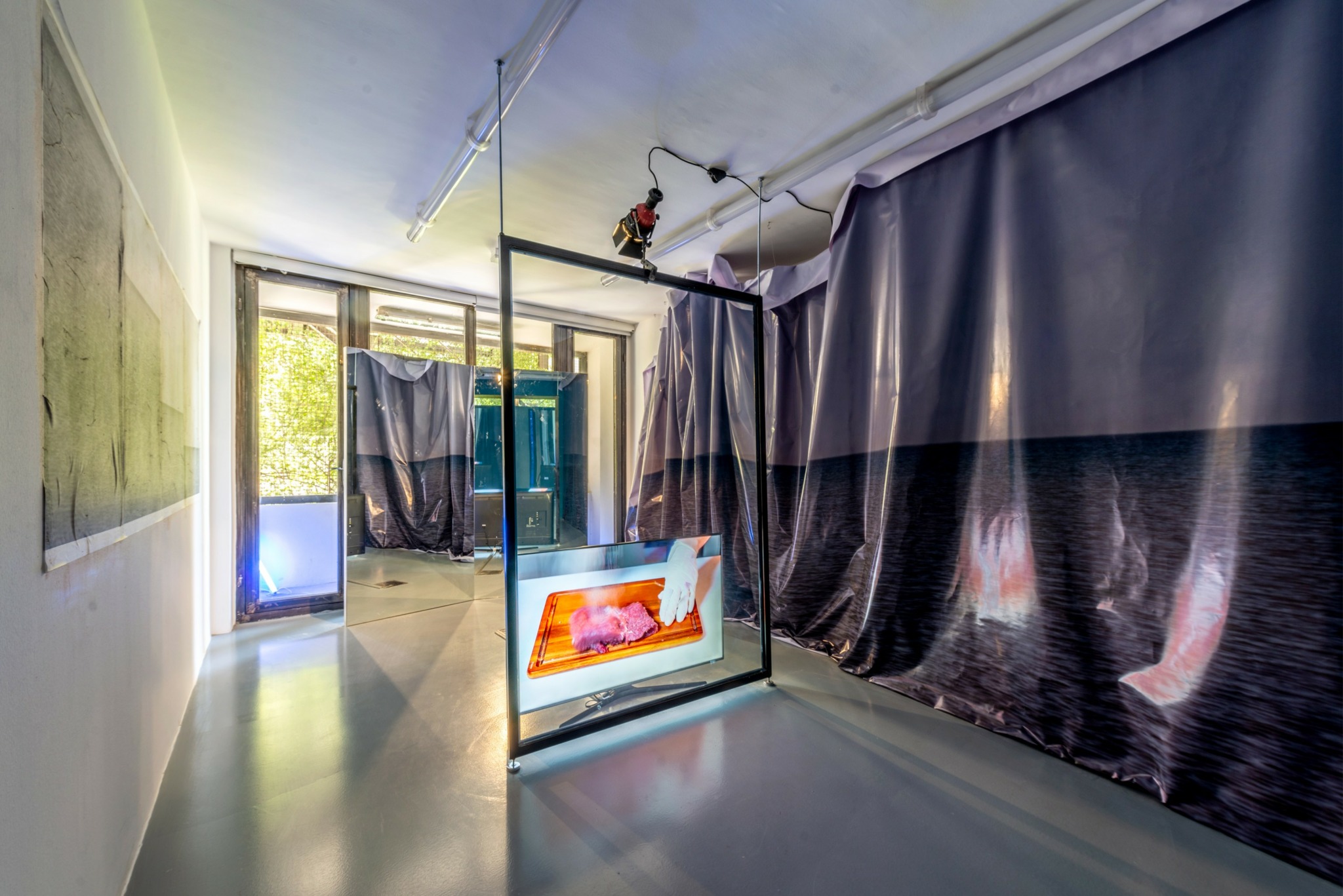

Can you share your view on NFTs? (Note: this is for education/entertainment purposes only, readers should not construe this as advice)
I entered the NFT space during the pandemic, a time when the art world was forced to confront its lack of preparedness for unforeseen circumstances. With physical exhibitions impossible, many of my peers dismissed NFTs outright, but I decided to explore them. That decision completely shifted my perspective on art.
Through NFTs, I was able to connect with artists, curators, and communities around the world. Online platforms provided spaces where we could exchange ideas and promote our work in ways that felt authentic. This experience taught me important lessons about the art market: whenever I approached people only with the intention of selling, it failed. But when I built genuine connections, opportunities naturally emerged.
I now believe that good artwork will always find its audience, but success also depends on the artist’s ability to believe in their work and foster meaningful relationships. For me, NFTs reinforced that building connections is just as vital as creating the art itself. And from a financial perspective, they offer tremendous potential for both emerging and established artists.


Is there something you think non-creatives will struggle to understand about your journey as a creative? Maybe you can provide some insight – you never know who might benefit from the enlightenment.
There is a quote in Goodbye to Language by Jean-Luc Godard that has always inspired me: “Those lacking imagination take refuge in reality.” There is a fear in people that makes them avoid risk, choosing instead to remain in their comfort zone in order to fit into the structures of society. In this process, many stop asking questions, stop building and destroying without regret, stop sinking into dreams, and stop playing with their imaginations. We are told to accept reality, “this is life and how it works.”
In my projects, I always emphasize audience interaction, hoping to encourage viewers to step outside their comfort zone, even if only for a few minutes. My goal is to create a space where they can begin to imagine something new or discover new questions, something they can carry with them after experiencing my work.
Contact Info:
- Website: https://www.yaldaeskandari.com
- Instagram: @Yaldaes
- Twitter: @Yaldaes
- Youtube: @Yalda.eskandari

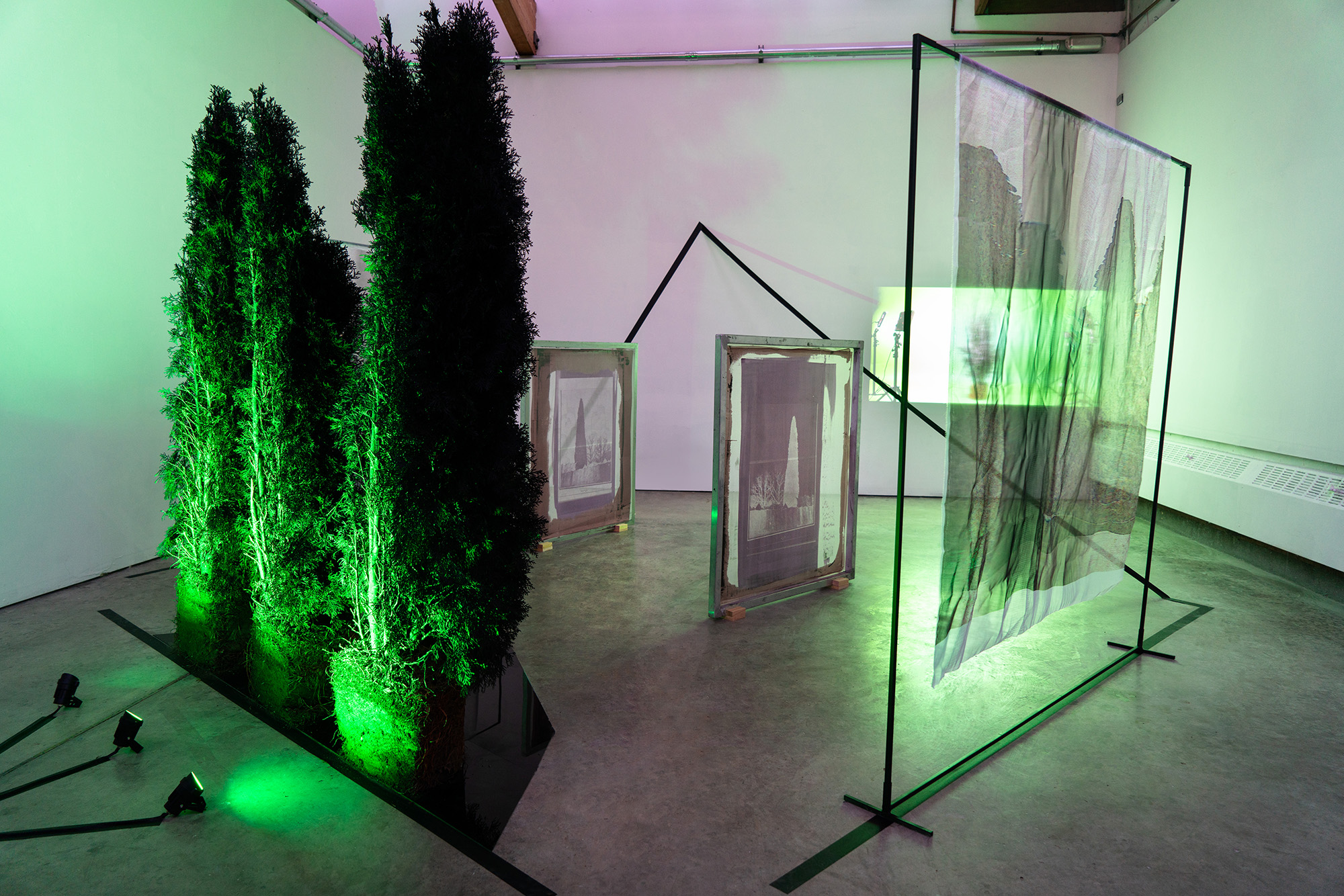
Image Credits
Yalda Eskandari


